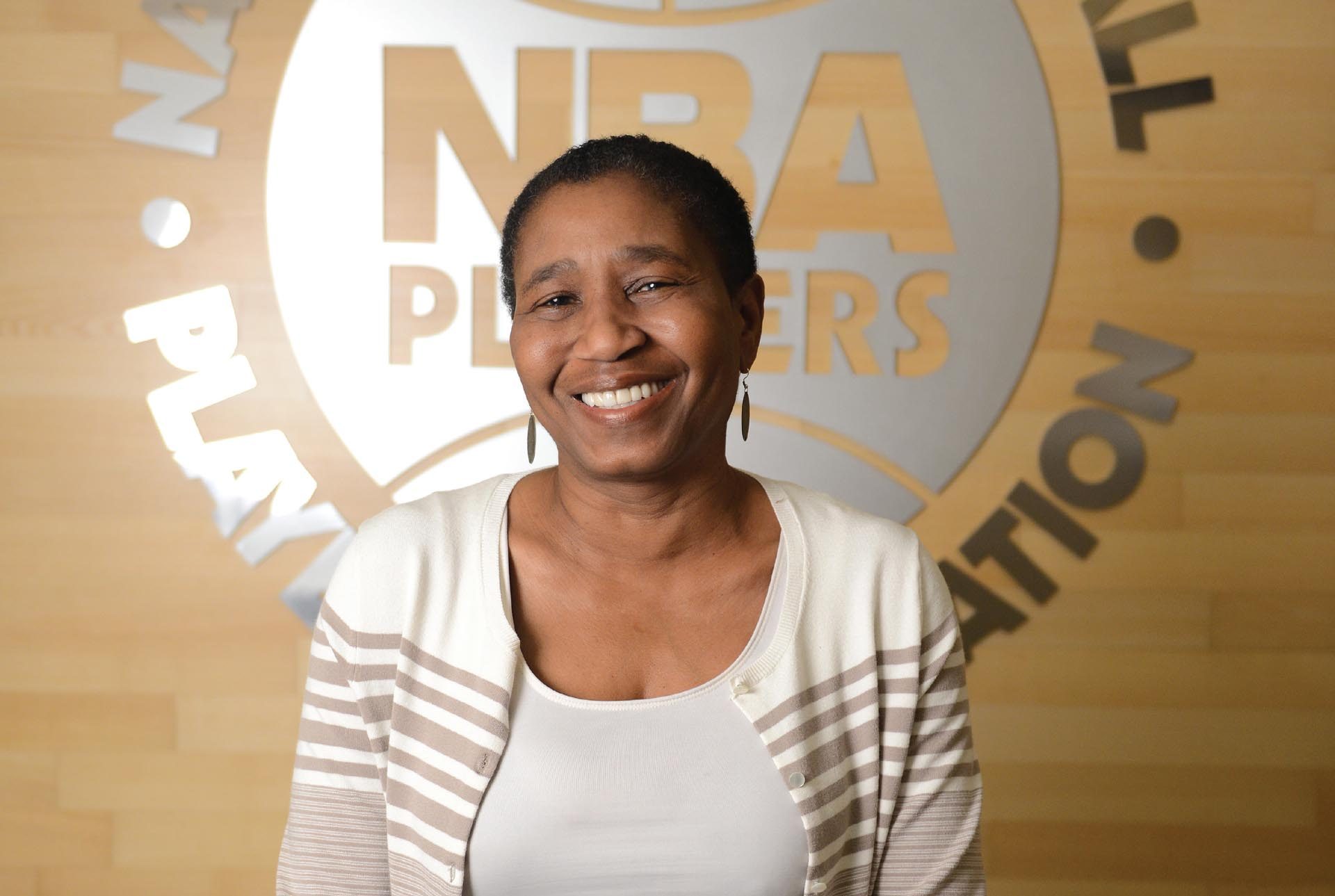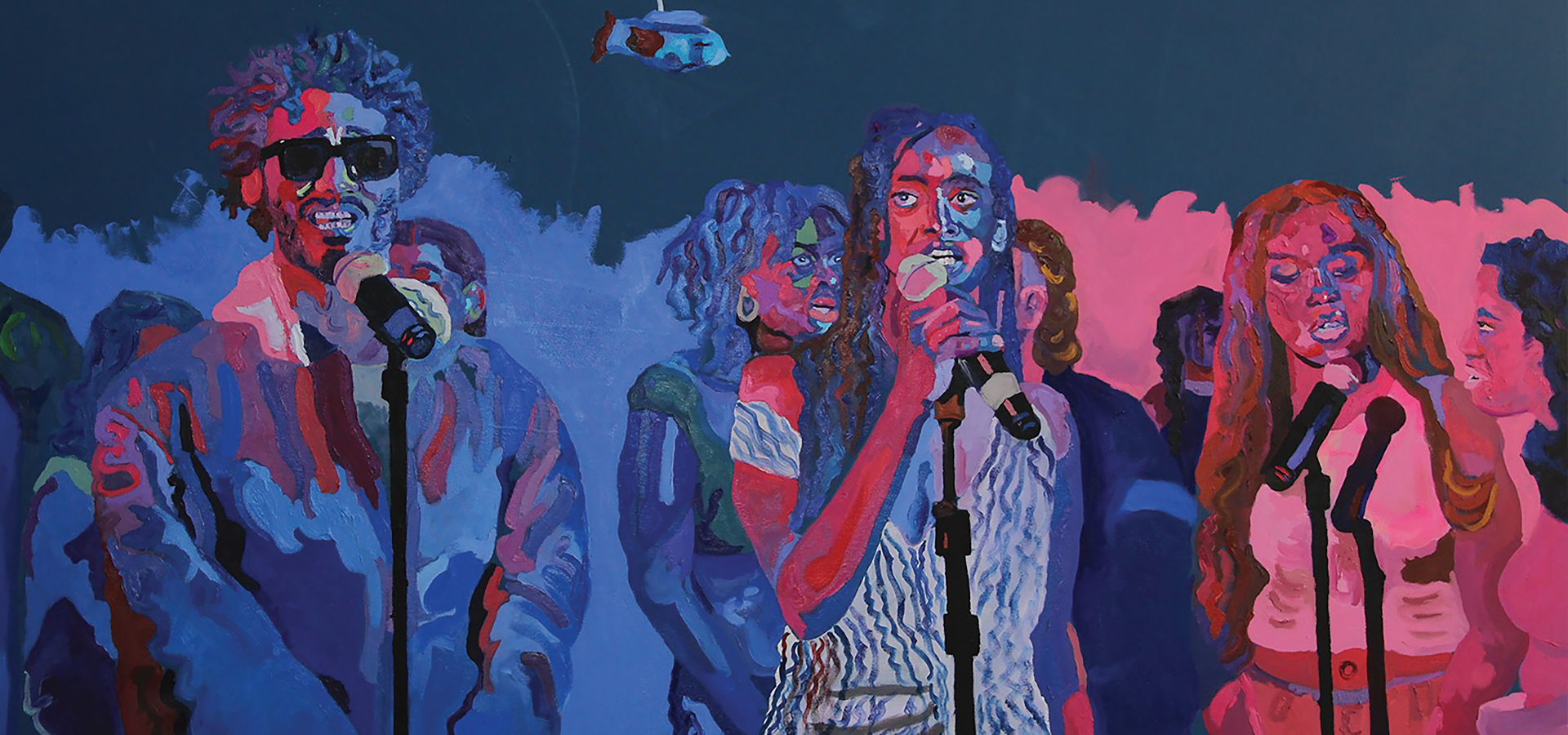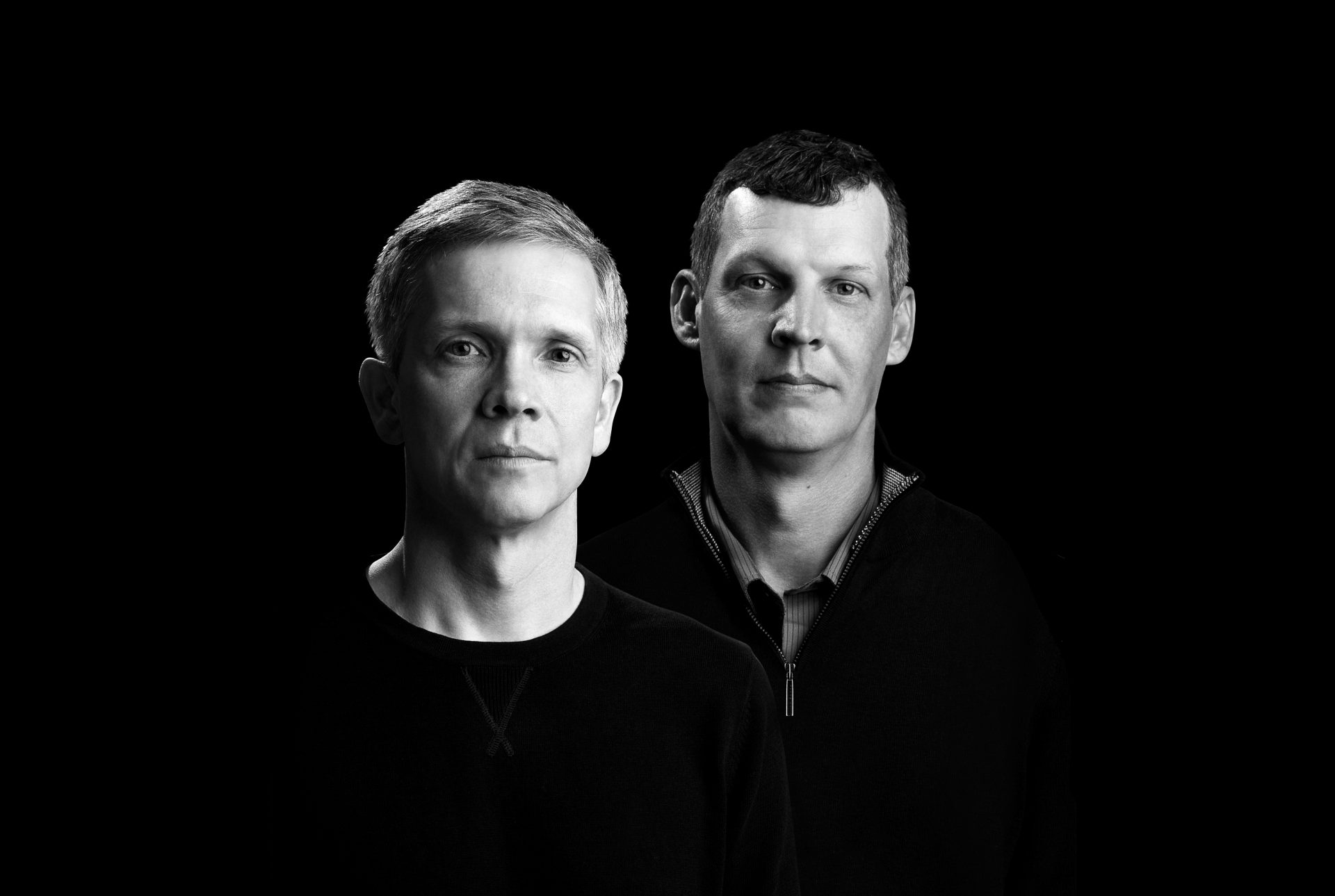When Worlds Collide: Collaboration and Coincidence in a Mystery from the Skies

By Rielly Wieners ’18
The origins of the Arizona Meteor Crater were a puzzle to the scientific community well into the 19th century. Formerly known as Coon Mountain, the massive hole in the desert was once thought to be the result of an explosion. It wasn’t until a self-taught geologist named Daniel Moreau Barringer came along that anyone considered that it could be an impact site. Though he was at first met with significant criticism for his hypothesis, Barringer eventually became known as the first person to prove the existence of an impact crater on Earth.
So how did a piece from this crater in Arizona find its way to Wesleyan and two professors from opposite fields, who would then use it to solve a longstanding scientific puzzle about space?
It begins where it often does for members of the Wesleyan community: by shattering boundaries, making connections, and a little bit of coincidence.
Clare Schneider ’84 completed her University major in archaeology, a program that combined courses in geology, classics, art history, anthropology, osteology, and more. After graduation, Schneider continued to stay close to her Wesleyan ties, becoming heavily involved in several important University organizations, serving as chair of the Wesleyan Alumni Association, the Wesleyan Club of Atlanta, and the WESeminar Committee, to name a few.
It was as an alumni representative on the Binswanger Teaching Award Committee that Schneider first crossed paths with Bill Herbst, Wesleyan’s John Monroe Van Vleck Professor of Astronomy. Herbst remembers Schneider asking him if he “would like to hike into the Arizona Meteor Crater sometime”—an obvious bucket list item for a lifelong astronomer. Herbst’s response was full of uncertainty about whether or not such a dream hike would even be possible. “We could arrange it,” Schneider assured him, “We own it.”
As it happens, Schneider is married to Drew Barringer, the grandson of Meteor Crater’s intrepid self-taught geologist Daniel Barringer, whose descendants still own and operate the site today. Described as an “interactive educational experience for the entire family in a beautiful, natural setting,” the crater has also been used as an important training site for future NASA astronauts.
So it was shortly after their initial meeting that Schneider, Herbst, and Barringer marched down into the crater’s dusty depths, a journey that must have felt akin to paradise for meteor fanatics. Together, they explored the bits of meteorites both within the crater and surrounding its rim, each one a fragment of the massive, iron-cored asteroid (dubbed “Canyon Diablo” after a nearby landmark) that shook our planet 50,000 years ago.

This wasn’t the first connection between Wesleyan and the meteor, however. Nearly a century prior, a gorgeously preserved fragment of this very same meteor found its way to the University. Donated on behalf of several generous Middletown families in the early 20th century, Wesleyan’s beloved chunk of the Canyon Diablo meteor was first discovered amongst the rubble at Meteor Crater’s impact site and currently resides in Van Vleck Observatory.
An ancient relic as old as the solar system itself, the Wesleyan meteorite is made of 100% pure iron, not unlike the core of our own home planet. Studying similarities like these, scientists learn about the world from which the meteorites came and unlock fascinating new theories that inform ideas about our own terrestrial beginnings.
Wesleyan’s Planetary Science program prepares students to answer precisely these types of questions. An emerging interdisciplinary field of study, the program is also what first encouraged astronomer Herbst and Assistant Professor of Earth and Environmental Sciences James Greenwood to put their heads together. The study of meteorites, or space rocks that incessantly wallop the Earth as it orbits the sun, was where their research literally and figuratively collided.
“The difference between working on stars and rocks is like night and day. In most places, these people would never talk to one another,” says Herbst. “But scientists are scientists are scientists,” and scientists unite over the drive to discover.”
And that drive has led them to a groundbreaking new theory answering an age-old scientific mystery: How did chondrules—the building blocks of some meteorites—form? Their revolutionary “flyby model” was recently presented in a paper published in the scientific journal Icarus. Read more about their research here.
Since that first hike in the crater, Schneider and Barringer have remained close friends with Herbst, who routinely takes them to Van Vleck Observatory to pay a visit to the Canyon Diablo meteorite chunk whenever they are in town.
“We share a close and continuing connection,” Herbst affirms. This connection is yet another example of the many ways in which “Wesleyan brings communities together,” Schneider concludes.



